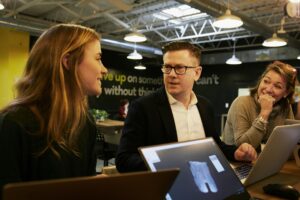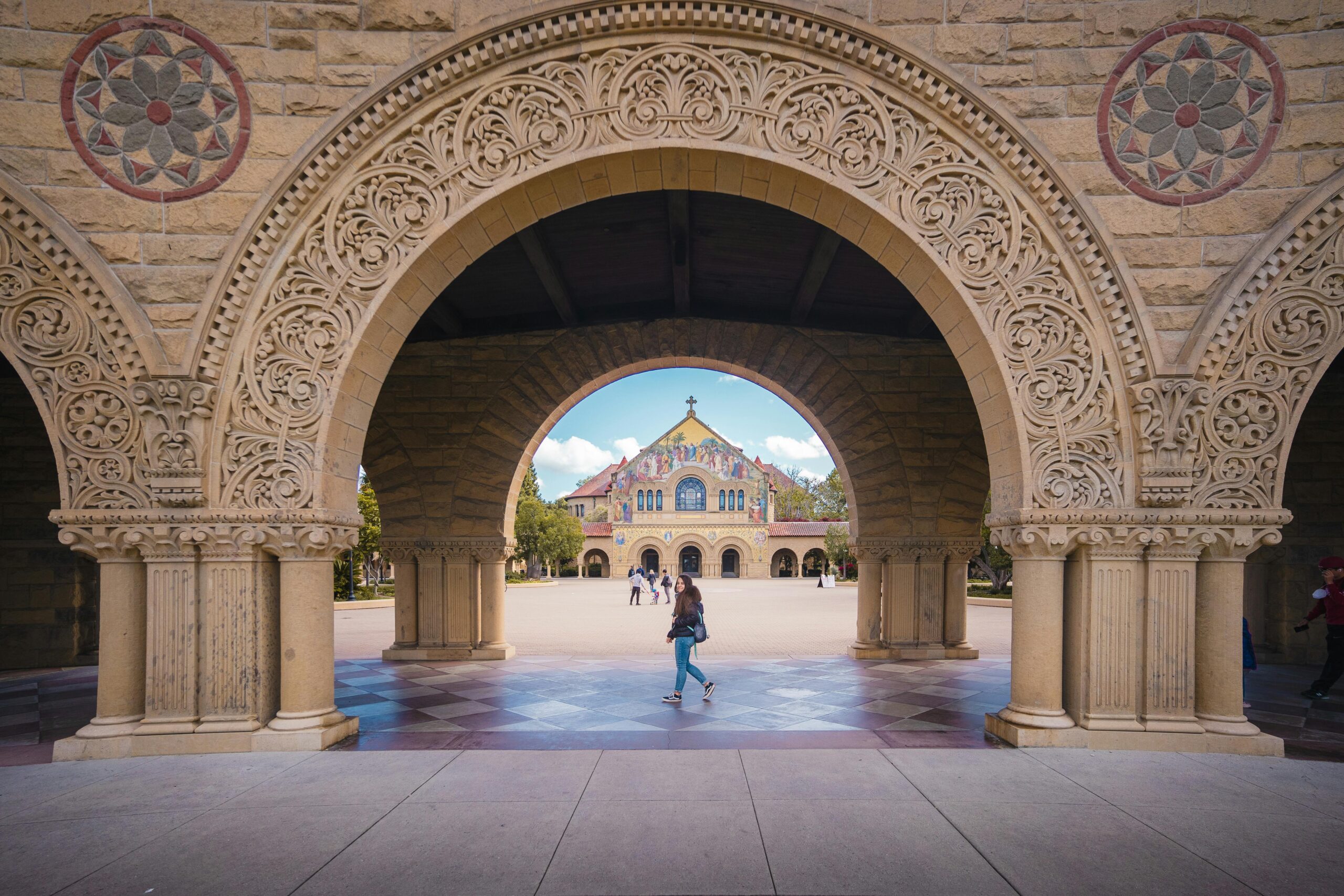Navigating the University of Sydney Campus: A Comprehensive Guide
The University of Sydney, established in 1850, stands as Australia’s oldest and one of its most prestigious institutions. With its stunning Gothic architecture, sprawling grounds, and cutting-edge facilities, the campus is not only a hub of academic excellence but also a vibrant community. For new students, staff, and visitors, navigating this expansive and historic campus can be a challenge. This guide aims to provide a detailed overview of the University of Sydney campus, helping you make the most of your time at this esteemed institution.
1. Overview of the University of Sydney Campus
1.1 Campus Layout
The University of Sydney’s main campus, located in Camperdown/Darlington, spans over 72 hectares. It’s divided into several key precincts, each with its own unique characteristics:
- The Quadrangle: This iconic area features the historic sandstone buildings and is the heart of the campus. It’s a popular spot for photos and social gatherings.
- The Business School Precinct: Located near the main entrance, this area is dedicated to business and economics students.
- The Science Precinct: Home to various science departments and laboratories.
- The Arts Precinct: Centered around the Department of Art History and the Sydney Conservatorium of Music.
- The Health Precinct: Including the Faculty of Medicine and the Sydney Medical School.
1.2 Key Landmarks
Several landmarks are integral to navigating the campus:
- The Great Hall: A historical building often used for ceremonies and events.
- Fisher Library: One of the largest libraries on campus, crucial for research and study.
- Madsen Building: Known for its modern design, housing various departments.
- Sydney Conservatorium of Music: A hub for students of music and performing arts.
2. Getting Around: Transport and Accessibility
2.1 Public Transport
The University of Sydney is well-served by public transport, making commuting relatively straightforward:
- Train: The closest train stations are Redfern and Sydney University stations. Redfern Station is a short walk from the campus, while Sydney University Station is closer to the eastern side.
- Bus: Several bus routes run through and around the campus, including routes 413, 426, and 428. Bus stops are strategically placed around the campus.
2.2 Cycling and Walking
- Cycling: The campus is bike-friendly with dedicated bike racks and paths. Bike lanes along City Road provide safe access to the campus.
- Walking: The campus is pedestrian-friendly with clear signage. Walking from one end to the other may take around 15-20 minutes, depending on your pace.
2.3 Parking
- On-Campus Parking: Limited and often reserved for staff and faculty. Some spaces are available for visitors but can be expensive.
- Nearby Parking: Various paid parking options are available around the campus, including on City Road and in nearby commercial areas.
3. Facilities and Services
3.1 Libraries
- Fisher Library: Offers extensive resources, including books, journals, and digital media. It also provides study spaces and computer labs.
- SciTech Library: Focused on science and technology resources, located in the Science Precinct.
- Sydney Conservatorium of Music Library: Specializes in music resources and materials.
3.2 Dining and Food
- Cafes and Restaurants: Numerous options are available, including the student-run cafes in the Quadrangle, the bustling food court in the Wentworth Building, and various eateries around the campus.
- Shops: Convenience stores and food shops are scattered across the campus, providing quick snacks and essentials.
3.3 Health and Wellbeing
- University Health Service: Provides medical care and mental health support for students and staff.
- Sport and Fitness: The campus features a gymnasium, swimming pool, and various sports facilities. The University Sports & Aquatic Centre is a key facility for fitness enthusiasts.

4. Academic Resources
4.1 Departments and Faculties
Each faculty is spread across different precincts:
- Faculty of Arts and Social Sciences: Located in the main campus and includes various departments such as History, Philosophy, and Sociology.
- Faculty of Engineering: Situated in the Engineering Precinct, known for its advanced research facilities.
- Faculty of Medicine: Includes the Sydney Medical School and related research institutes.
4.2 Study Spaces
- Group Study Rooms: Available in Fisher Library and other key buildings. These rooms can be booked online.
- Quiet Study Areas: Various quiet zones are designated throughout the libraries and some academic buildings.
5. Campus Culture and Community
5.1 Events and Activities
- Orientation Week: A comprehensive introduction to university life with events, tours, and information sessions.
- Clubs and Societies: Over 200 student-run clubs and societies offer opportunities to engage in hobbies, sports, and professional development.
- Cultural Events: The campus regularly hosts art exhibitions, concerts, and lectures.
5.2 Social Spaces
- Student Union: The hub for student activities and services, including welfare support and social events.
- Green Spaces: The campus features beautiful gardens and open areas perfect for relaxation and socializing.
6. Safety and Security
6.1 Campus Security
- University Security Services: Operates 24/7, providing safety and assistance across the campus. Security patrols and emergency phones are available.
- Emergency Procedures: Clearly outlined and communicated to students and staff. Regular drills ensure preparedness.
6.2 Personal Safety Tips
- Stay Aware: Be mindful of your surroundings, especially during late hours.
- Secure Belongings: Use lockers and secure your valuables to prevent theft.
7. Additional Resources
7.1 Information Desks
- Campus Information Centre: Located near the main entrance, providing maps, brochures, and general information.
- Online Resources: The University’s website offers detailed campus maps, event calendars, and departmental contacts.
7.2 IT and Technical Support
- IT Helpdesk: Offers assistance with technical issues and support for university systems.
- Wi-Fi Access: Available throughout the campus, with secure login credentials provided to students and staff.
8. Environmental Initiatives and Sustainability
8.1 Green Initiatives
The University of Sydney is committed to sustainability and environmental stewardship. The campus features several green initiatives aimed at reducing its ecological footprint:
- Recycling Programs: Clearly marked recycling bins are available throughout the campus for paper, plastics, and organic waste.
- Energy Efficiency: Many buildings incorporate energy-efficient lighting and HVAC systems to minimize energy consumption.
- Green Spaces: The campus maintains numerous gardens and green areas that not only enhance aesthetics but also contribute to local biodiversity.
8.2 Sustainable Transportation
- Bike Share Programs: Encourage cycling as a sustainable alternative to driving. Look for bike-share stations near major campus entrances.
- Electric Vehicle Charging Stations: Available for those who choose electric vehicles, promoting eco-friendly transportation options.

Conclusion
Navigating the University of Sydney campus may initially seem daunting, but with this guide, you’re equipped to make the most of your time at this remarkable institution. From understanding the campus layout to accessing facilities and resources, you’ll find that the University of Sydney is designed to support and enrich your academic and social experience. Embrace the vibrant community, explore the beautiful surroundings, and take full advantage of the myriad opportunities available to you.
Whether you’re a new student, a staff member, or a visitor, this comprehensive guide aims to enhance your experience and help you feel right at home on campus. Welcome to the University of Sydney—where tradition meets innovation and every corner holds a new opportunity for discovery.

